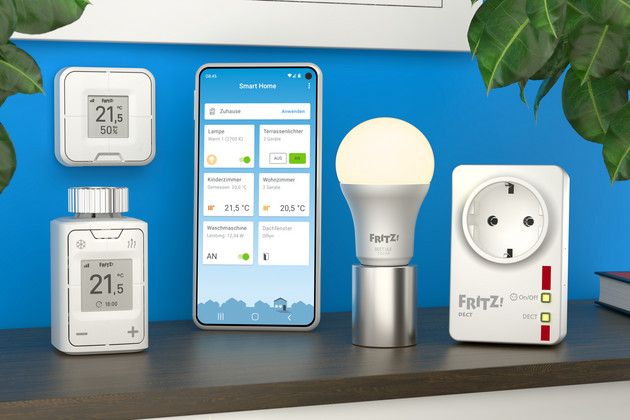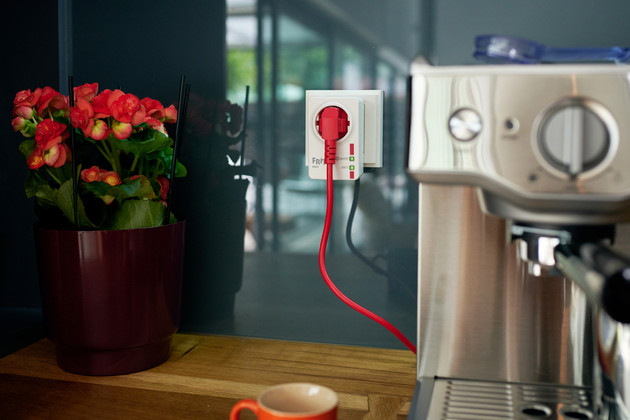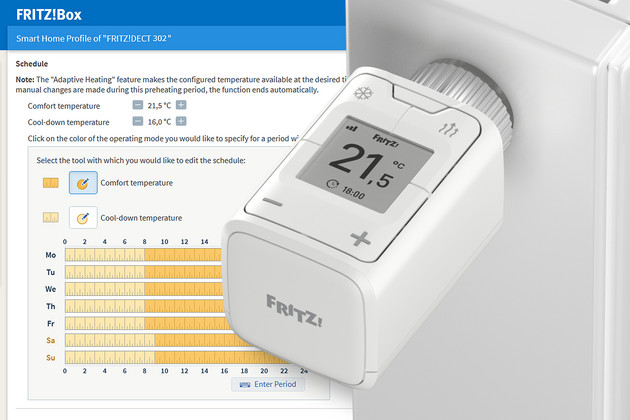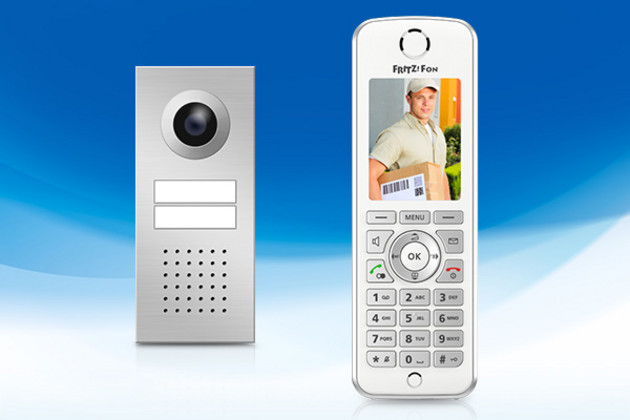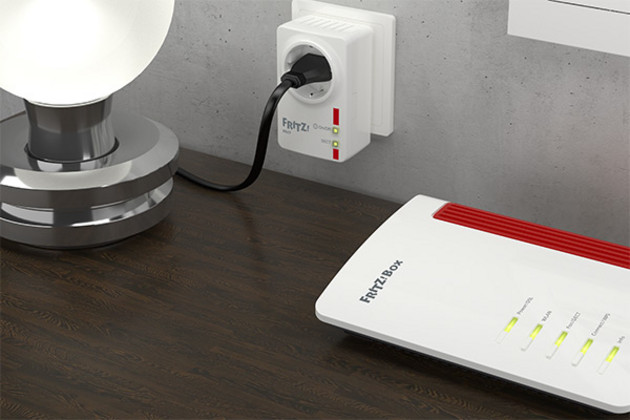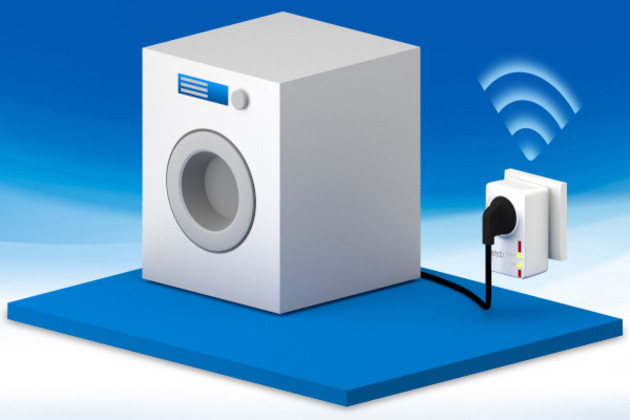Zigbee in the FRITZ! Smart Home
AVM Content
Thanks to Zigbee integration, the Smart Home from FRITZ! is compatible with even more manufacturers. The number of Zigbee devices supported is growing constantly, and currently extends from lighting to sensors all the way to flush-mounted modules.
What is Zigbee?
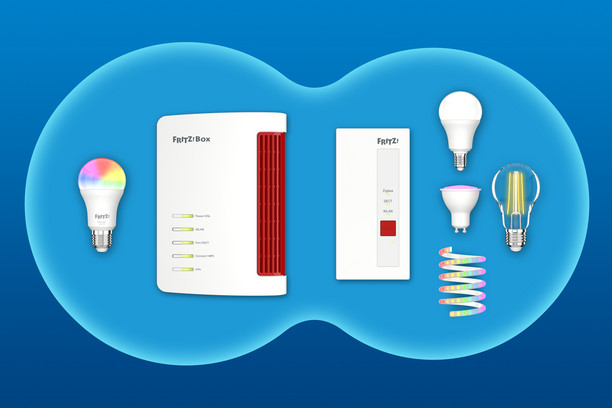
Zigbee is a standardized smart home wireless technology with which various smart home devices from a variety of manufacturers can be controlled via a gateway using the 2.4-GHz frequency band (like Wi-Fi and Bluetooth) and the license free ISM band around 868 MHz.
Zigbee devices network with each other and form their own Mesh network, so the range of the individual devices is not decisive. It's important for each device to be in contact with at least one other Zigbee device. Zigbee can theoretically transmit up to 100 meters indoors, and is thus higher than for 2.4-GHz devices.
Registering Zigbee devices
The specific procedure for registering Zigbee devices depends on the manufacturer. The simplest way to register Zigbee devices is by pressing a button on a FRITZ!Box with Zigbee support (the FRITZ!Box 6670 Cable, for instance) or on a FRITZ!Smart Gateway.
Another option is to enter the serial number of the device, of a Philips Hue LED light, for instance. Other smart home devices require the entry of a specific installation code and the MAC address, for example smart home devices from Bosch.
After successful registration the Zigbee devices are displayed as "HAN-FUNB#xxx" in the Smart Home menu and can be configured. A list of compatible and successfully tested Zigbee devices that can be used in the FRITZ! Smart Home is available here.
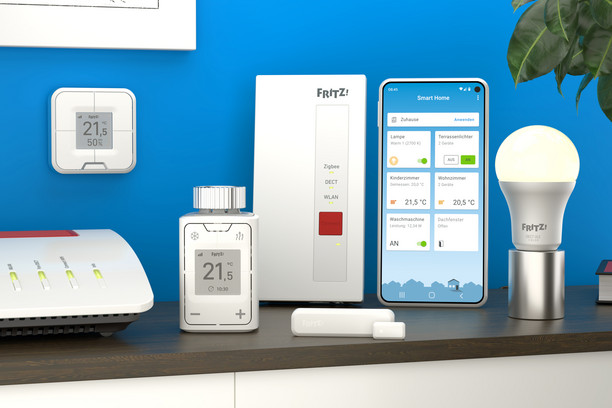
Zigbee in the FRITZ! Smart Home
Once the Zigbee devices have been registered, they can be controlled directly in the usual way via the user interface, the FRITZ!App Smart Home, the FRITZ!Fon, a FRITZ!DECT smart switch, or even with Zigbee switches from other manufacturers. It is also possible to integrate the Zigbee devices in templates, scenes, and routines, and to switch them in combination with FRITZ! Smart Home devices.
The number of supported Zigbee devices is updated on a regular basis. From lighting, smart plugs and smart switches to roller blinds and in-wall modules, there's a lot to choose from. This variety of smart home devices combined with the FRITZ!Box's practical Smart Home features open up a wealth of possibilities for configuring intelligent automation for various purposes in all application areas.
The advantages of Zigbee at a glance:
-
Energy efficiency: Zigbee devices use very little power, which makes them ideal for battery-powered applications. This results in longer battery life and lower maintenance costs.
-
Networkability: Zigbee supports Mesh networks which allow devices to communicate with each other and route data through multiple nodes. This extends the range and reliability of the network.
-
Security: Zigbee offers integrated security mechanisms such as 128-bit AES encryption and secure key exchange methods to guarantee data integrity and data security.
-
Low latency: Zigbee offers low latency in many applications, which is particularly advantageous in control and automation applications where fast reaction times are of the essence.
-
Interoperability: Zigbee is an open standard, which means that devices from different manufacturers are often compatible with each other as long as they use the same Zigbee protocol standard.
